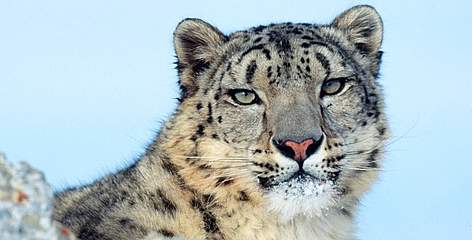Kanchenjunga Conservation Area lodges 29 big cats
KATHMANDU, Nepal – The Kanchenjunga Conservation Area disclosed that it has housed as many as 29 snow leopards in Taplejung district which borders India in the east and the Tibet autonomous region in the north.
A ´genetic census´ of snow leopards in the area revealed the population of this globally threatened species could be as high as 29.
Kanchenjunga Conservation Area Project Management Council (KCAPMC) informed that a recently concluded census using the genetic identities of individual snow leopards obtained from fecal samples showed that there are 19 to 29 snow leopards in the area.
Four localities –Ramjer, Khambachhen, Yangma and Gala– of the district had been chosen as the base area for the study. Those regions are considered as pocket area for the snow leopard in the northern belt of the district.
However, a camera trapping method of census conducted in 2012 in the northern Himalayan area in Taplejung district had put the number of big cats within a range of 9 to 12.
According to Ganga Ram Singh, senior conservation officer at KCAPMC, The genetic analysis of fecal samples alone determined that there are 19 snow leopards living in the area. ‘Thus , with the census conducted through camera trapping and other methods, we can estimate that there are upto 29 snow leopards in the conservation area at present,” Singh said.
Snow leopard expert Kamal Thapa said out of the 19 snow leopards found through genetic analysis of fecal samples, 10 are males and 9 females.
Following the new finding about the snow leopard, the World Wildlife Fund (WWF) is planning to work out a census with a tracking-collar technique to establish the exact population of the species, it is learnt.
Under the new technique, a collar fitted with a small GPS (Global Positioning System) transmitter is attached to the snow leopard to track its movements with the help of computers.
However, the snow leopards, which are generally found 3,350 to 6,700 metres above sea level, are more likely to travel northward due to the more favorable climate, according to experts.


